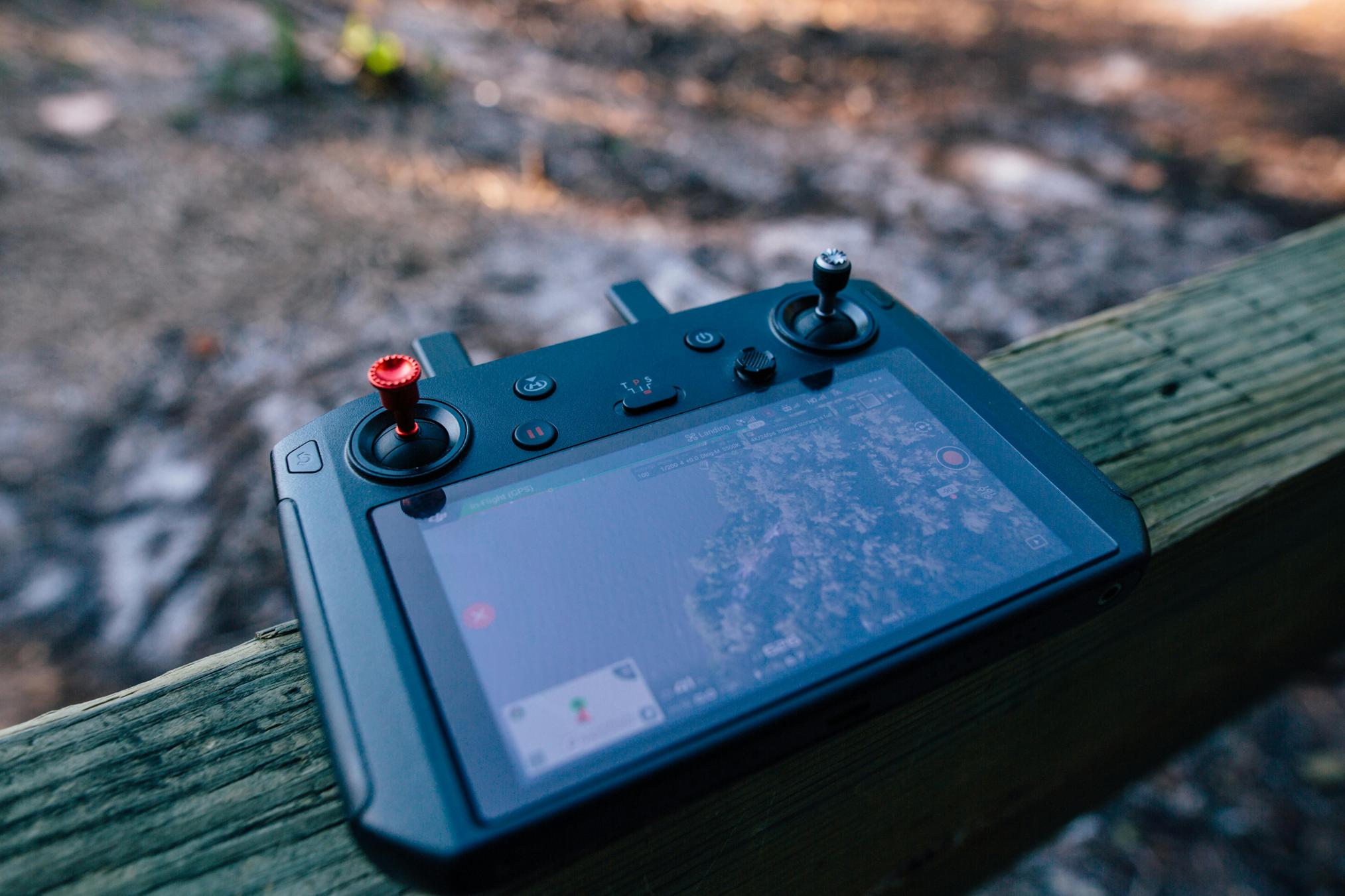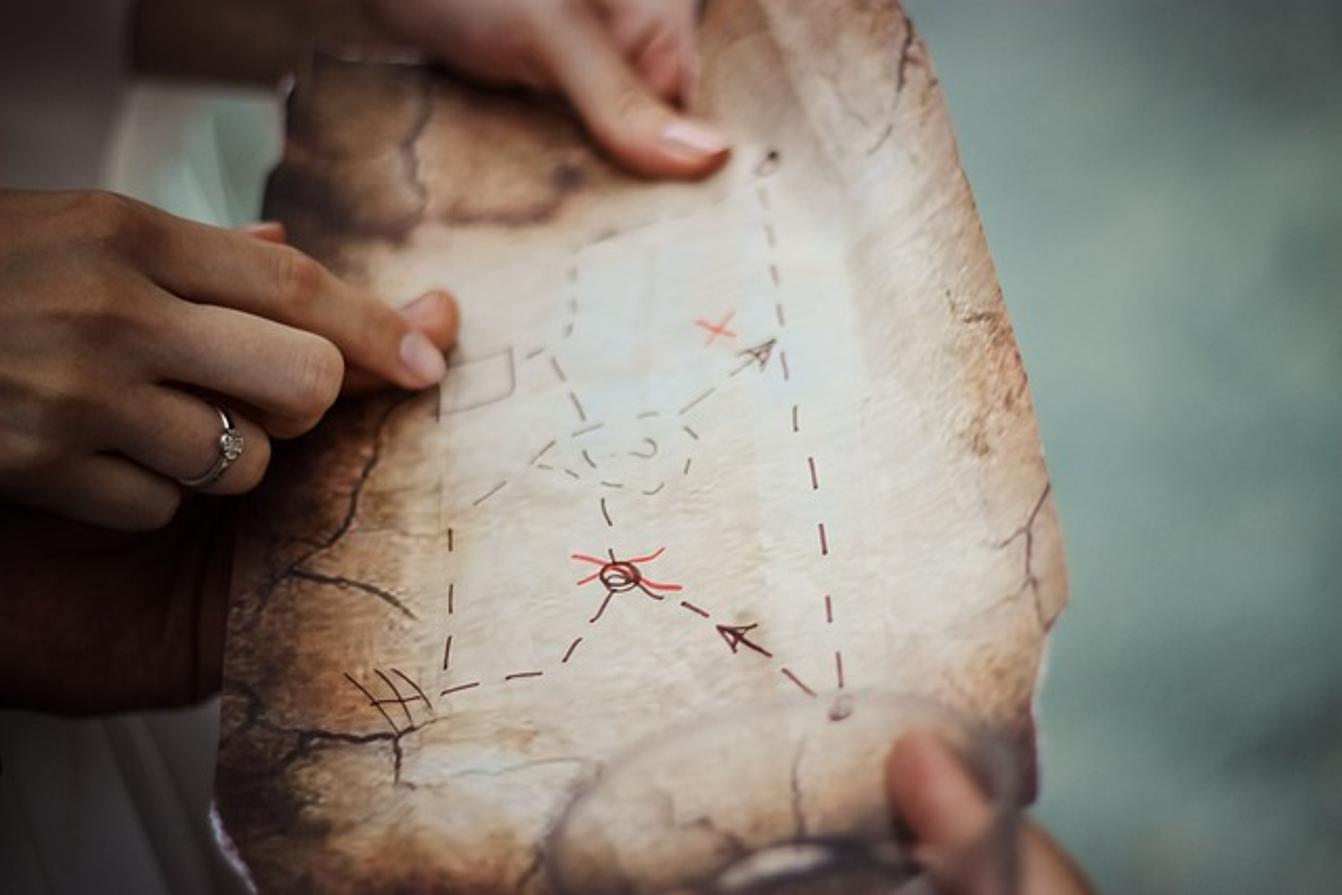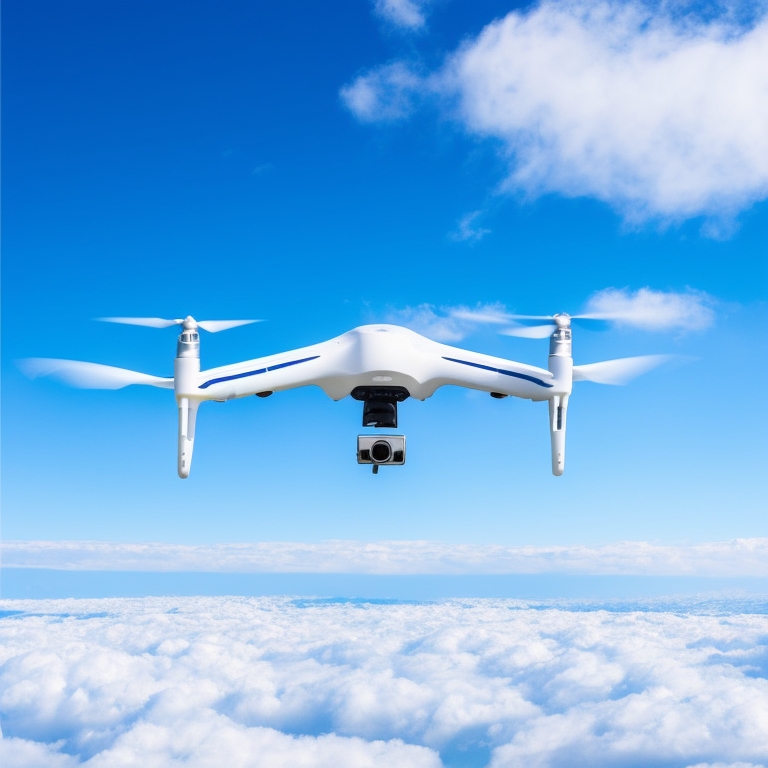Introduction
Drone mapping has revolutionized various industries, offering unprecedented accuracy and versatility. In 2024, this technology continues to evolve, providing even more innovative solutions for mapping tasks. This comprehensive guide will delve deep into the world of drone mapping, offering insights and practical advice to help you harness its full potential.

Understanding Drone Mapping
Drone mapping involves using drones equipped with high-resolution cameras and sensors to capture aerial data, which is then processed to create detailed maps and 3D models. This technology has drastically reduced the time and cost associated with traditional mapping methods.
In 2024, advancements in drone technology and data processing software have made drone mapping more accessible and accurate than ever. From agriculture to construction, industries worldwide are leveraging these capabilities to enhance their operations and decision-making processes.

Getting Started with Drone Mapping
Selecting the Right Drone
Choosing the right drone is crucial for successful drone mapping. Consider factors such as camera resolution, flight time, and GPS accuracy. Brands like DJI, Parrot, and Autel Robotics offer exceptional models tailored for mapping applications.
Essential Software Tools
Equipping yourself with the right software is equally important. Tools like Pix4D, DroneDeploy, and Agisoft Metashape allow you to process captured data and generate high-quality maps. These platforms offer various features, from automated flight planning to advanced data analysis.
Preparing for Your First Flight
Prior to your first flight, ensure that all equipment is functioning correctly. Familiarize yourself with local regulations and obtain necessary permits. Conduct a site survey to identify potential obstacles and areas of interest. Also, perform a test flight to validate equipment settings and adjust parameters if needed.
The Drone Mapping Workflow
Pre-Flight Planning
Effective pre-flight planning sets the stage for a successful mapping mission. Start by defining your project objectives and determining the area you need to cover. Use flight planning software to plot your drone’s flight path, optimizing for altitude, speed, and camera settings.
Conducting the Flight
With the flight path set, it’s time for takeoff. Monitor the drone’s position and adjust as necessary to ensure thorough coverage of the target area. Pay attention to battery levels and be prepared for any emergencies that may arise. Collect high-resolution images and sensor data during this phase.
Data Processing and Analysis
Once your flight is complete, the next step is data processing. Upload the collected data to your selected mapping software. The software will stitch images together and generate detailed maps and 3D models. Analyze these outputs to extract meaningful insights, such as topography, vegetation health, or construction progress.
Key Applications of Drone Mapping
Agriculture and Farming
In the agricultural sector, drone mapping is used to monitor crop health, assess soil conditions, and optimize irrigation systems. By providing real-time data, farmers can make informed decisions, increase yields, and reduce costs.
Construction and Infrastructure
For construction projects, drones offer a bird’s-eye view of the site, enabling accurate progress monitoring and project management. They can also assist in surveying land, inspecting structures, and enhancing safety protocols.
Environmental Monitoring
Environmental agencies utilize drone mapping for wildlife monitoring, forest management, and disaster assessment. This technology allows for rapid data collection in hard-to-reach areas, improving the efficiency and effectiveness of environmental conservation efforts.
Best Practices and Tips
Ensuring Data Accuracy
To ensure accurate data, calibrate your drone’s sensors regularly and fly at consistent altitudes. Overlap images sufficiently to create seamless maps. Using ground control points (GCPs) can also enhance the precision of your maps.
Maintaining Your Equipment
Regular maintenance of your drone is essential. Check for firmware updates, inspect the hardware for wear and tear, and replace any damaged parts. Proper storage and handling can prolong the lifespan of your equipment.
Avoiding Common Mistakes
Common mistakes in drone mapping include inadequate pre-flight planning, insufficient data overlap, and ignoring local regulations. Address these issues by thoroughly preparing for each flight and adhering to best practices.
Challenges and Future Trends
Overcoming Technical and Regulatory Challenges
Technical challenges like limited battery life and data processing times can be mitigated with proper planning and the use of advanced software. Additionally, navigating regulatory barriers requires staying updated on laws and obtaining necessary permissions.
Innovations to Watch in 2024
In 2024, exciting innovations in drone mapping include the integration of artificial intelligence for smarter data analysis, the use of 5G technology for real-time data transmission, and advancements in drone autonomy for more efficient mapping missions.

Conclusion
Drone mapping in 2024 offers powerful tools that can transform various industries. By understanding the technology, selecting the right equipment, and following best practices, you can unlock the full potential of drone mapping.
Frequently Asked Questions
What is the best drone for mapping in 2024?
The best drone for mapping in 2024 includes models like the DJI Phantom 4 RTK and the Parrot Anafi USA, known for their high-resolution cameras and advanced GPS systems.
How accurate is drone mapping compared to traditional methods?
Drone mapping can be incredibly accurate, often achieving sub-centimeter precision with proper equipment and techniques, surpassing many traditional methods.
Can drone mapping be used for real-time monitoring?
Yes, with advancements in technology, drones equipped with 5G connectivity and AI can provide real-time monitoring and data analysis, enhancing decision-making processes.
